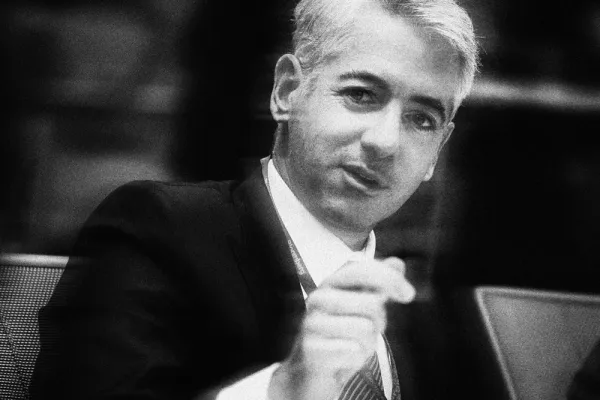Syria’s President Bashar al-Assad announced yesterday that he will establish a new sovereign wealth fund called the “National Investment Fund”. The objective of the new fund will, apparently, be to support and stabilize the Syrian financial markets through a “long-term investment policy”. The fund will initially have around $40 million and operate under the supervision of the Ministry of Economy and Trade. Minister Nidal al-Shaar apparently said that ‘the Law will positively interfere in the financial market performance through establishing an investment sovereign fund to activate the act of the Securities’ Market.’ Where’s the money coming from for this new SWF? Good question, as the decision by Arab states to turn against Syria is likely having significant economic consequences for the country. Indeed, the same Nidar al-Shaar said late last year that the economy was in a state of emergency. Nonetheless, Syria received an offer of $5 billion in aid from Iran and Iraq back in July. Perhaps that’s the source of funds?
Whatever the source(s), objectives or motivations, the creation of a new sovereign fund in Syria is fascinating. Now I’m not a Syria expert, but I am aware that this country is facing a significant domestic uprising with an increasing likelihood that President Assad will, eventually, fall. So this new SWF is, in all probability, one of the Assad regime’s last ditch efforts to stave off the inevitable. And we shouldn’t be too surprised by this, as there is a growing body of research that shows SWFs to be “autonomy-maximizing institutions”. So let’s revisit some of the SWF basics to try to shed some additional light on Syria’s decision, shall we?
The basics: most SWFs arise out of growing international cooperation and greater integration of nation-states into the global economy. As countries open themselves up to these global forces, policymakers increasingly recognize this opening as a potential threat to their sovereignty and autonomy. The SWF, then, is a part of the give and take between states and markets, sitting at the intersection between the two and acting as a sort of buffer. In this way, you can think of SWFs as a form of self-insurance, a coping mechanism for dealing with the external uncertainties that come with joining global markets. SWFs offer policymakers a chance to make reliable and consistent plans in an environment that is increasingly subject to volatility and market-based short-termism.
How does all this fit in with Assad and Syria? Well, interestingly, it really doesn’t. In fact, it appears (to me) that Assad is setting up his new National Investment Fund for almost the opposite reasons — as the country grows more isolated, the burden of propping up its industry has fallen on the Syrian government. The new fund seems to be a way for Syria to fill the vacuum left by foreign partners leaving. So, then, the question is whether this new fund will achieve its objectives of stabilizing Syria.
Maybe. Here’s an insightful quote from a solid piece of research by Kyle J. Hatton and Katharina Pistor of Columbia University:
In a way, a sovereign fund exists at the most basic level to stabilize and buffer. That’s really it. A SWF can help protect against a commodity price collapse, a mortality improvement, a diminishing tax base, or even a currency crisis (among many other things). In short, SWFs exist to preserve, bolster and sustain existing institutions, orders and regimes. In many countries, especially in democracies, this stability is perceived to be a very good thing because it extends the time-horizon of policymaking and minimizes the impact of short-term economic volatility. However, as it just so happens, that same stability in the case of non-democratic regimes may mean extending the reign of a dictator. And that’s not really a good thing. I’ll be very interested to see what happens in Syria.




